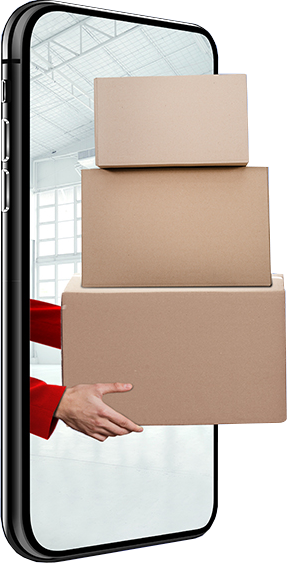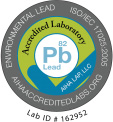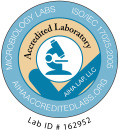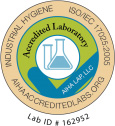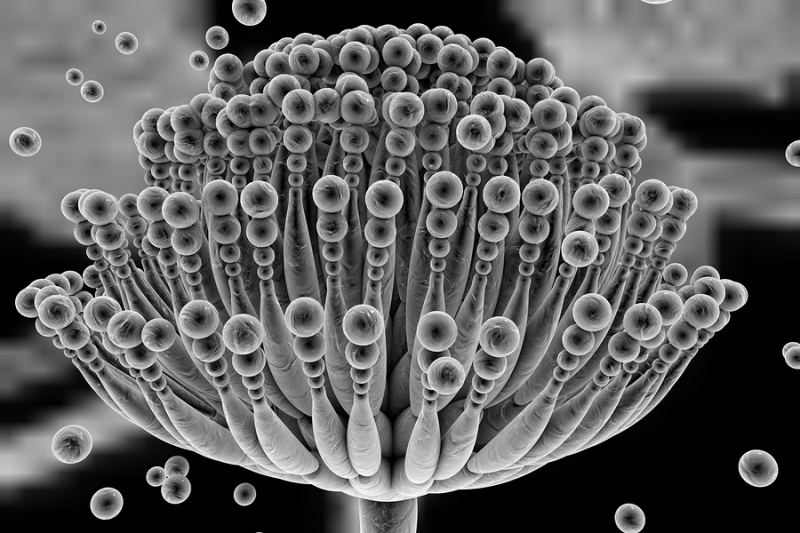 In many industries like hospitals, pharmaceutical laboratories, equipment manufacturers, biotech firms, plants, etc., there’s a need for a clean and healthy working environment. Such environments can only be maintained when there are little to no microorganisms present in the air and on surfaces. Various methods are employed to identify the different types of microorganisms present and minimize them.
In many industries like hospitals, pharmaceutical laboratories, equipment manufacturers, biotech firms, plants, etc., there’s a need for a clean and healthy working environment. Such environments can only be maintained when there are little to no microorganisms present in the air and on surfaces. Various methods are employed to identify the different types of microorganisms present and minimize them.
Two of the most common methods used to sample microorganisms are air sampling and surface sampling. In surface sampling, the suspected surface is examined for identification of viable and non-viable microorganisms.
The Need for Surface Sampling
Air sampling is expensive so many industries implement surface sampling to determine whether bacteria, mold spores or yeast are growing on a particular surface or piece of equipment. These microorganisms can pose health risks to individuals. For example, mold spores can cause allergies in sensitized individuals and infections from some microorganisms may be problematic for the elderly, young children, and people with weak immune systems.
Therefore, there’s a need to monitor and control the amount of such microorganisms present on surfaces. Furthermore, some industries, especially food manufacturing organizations, have to follow strict rules and regulations to ensure none of their equipment, machinery or personnel are infected by yeast, mold or bacteria.
Viable Surface Sampling
Surface sampling is used to collect viable as well as non-viable microorganisms from surfaces. Viable refers to microorganisms that are living. An easy way to determine the presence of mold on a surface is to sample the surface using adhesive tape. Mold can be identified and reported to the genus level; however, the method cannot distinguish between viable and nonviable molds. To determine if microorganisms present on a surface are viable, a culture based method of analysis must be utilized.
Swab Surface Sampling
In this method, a is used to collect the sample from the suspected surface. Surfaces include walls, machinery, equipment, and floors. A sterile swab is rubbed over the surface to collect viable samples of microorganisms present. The swab is then subcultured to growth media; to detect bacteria, Trypticase Soy Agar (TSA) or a Blood AgarPlate (BAP) is used as a growth medium which is incubated at a temperature from 30 to 35 degrees centigrade.
For molds and yeasts, the growth medium Sabouraud Dextrose Agar (SDA)or Malt Extract Agar (MEA) is utilized. It is incubated at a temperature ranging from 20 to 25 degrees centigrade. After subculturing the swab over the media, the particular microorganism germinates and grows. It can then be individually identified and the number of viable bacteria, mold or yeast on a surface can be deduced. The swabs are usually stored in a sterile liquid.
Since viable swab surface sampling is a technical process and specific equipment is needed for it, it is best to be left to the professionals. SanAir Technologies Laboratory conducts sampling and testing of all hazardous materials present in your environment. Call them at 804-897-1177 or visit www.sanair.com for further details.
Sources
http://www.slb.com/services/characterization/testing/reservoir_sampling/surface_sampling.aspx
https://www.osha.gov/dts/sltc/methods/surfacesampling/surfacesampling.html
https://www.coleparmer.com/tech-article/effective-swabbing-techniques
http://www.sciencedirect.com/science/article/pii/0195670184900069




